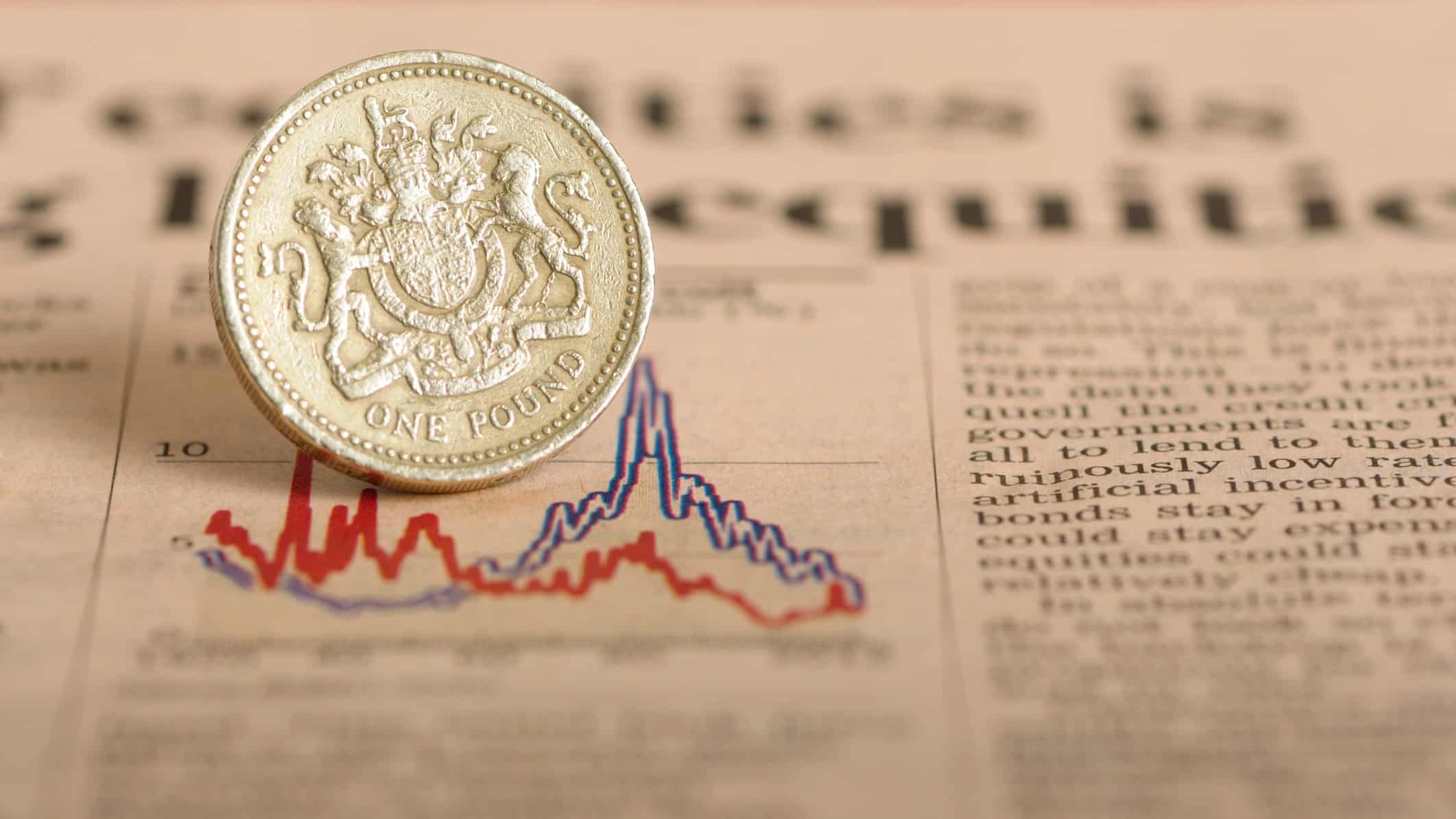As a young boy in the 1970s, I worshipped maths and physics. Later, as a mid-80s teenager, I was interested in making money, so I read the financial pages to learn how to invest. But I come from a humble working-class Northern family, so the idea of investing was scary. In reality, I had very little money and was unlikely to have much for years.
Nevertheless, I learnt about equities (shares; ownership of businesses), bonds (fixed-interest debts) and real estate (property). In the Eighties bull (rising) market, I decided that shares were my best hope of getting rich. But buying shares with only small amount of money was torturous. After a lot of effort (and endless paperwork), I eventually had a dealing account — though I didn’t yet know how to invest properly. Even so, it was worth investing small sums of money. Here’s why…
1. Start low, aim high
Initially, I dabbled in shares, buying a few at a time. But when I got my first office job in 1987, I put aside a regular amount each month. At first, this was a tiny sum, perhaps £20/month. But I saw this as a stepping stone to bigger things. Over time, I increased the sums I was dropping into the stock market. At my peak, up to 100% of my net income went into building future wealth. Now, my wife and I invest very large amounts each year into shares. But if I were to start again now with nothing, it would be way easier. Today, some online investment platforms will take as little as £1+. This allows almost anyone to start low, but aim high.
2. Minimise charges and taxes
Let’s say I were to start again from scratch by putting £50 a month (£600 a year) into a low-cost index tracker. This would reduce my charges and increase the amount of cash that actually gets invested into the stock market. If this grew at, say, 8% a year (after charges) for 30 years, I would end up with £74,518. That’s the £18,000 I invested, plus £56,518 of gains. But I would learn from lesson #1 and increase my monthly contributions over time. At £500 a month, I’d obviously be getting richer at a much faster rate. Also, to avoid paying tax, I would invest inside a tax-free wrapper, such as a personal pension or Stocks and Shares ISA.
3. Play the long game
While learning how to invest, my first forays into shares were very successful. Alas, my apparent skill was simply the result of the Eighties bull market. When stock markets crashed in October 1987, so too did my modest portfolio. In two weeks, I lost a large chunk of all the money I had in the world. I was devastated and humbled. But when I view a chart of the FTSE 100 index going back to its inception in 1984, that shocking crash is a mere blip in the Footsie’s rise from 1,000 to over 7,000 points over 37 years. Today, the most important lesson I know is that investing is a marathon, not a sprint. What makes you life-changing money is time in the market, not timing the market. Thus, all I do today is buy into great companies at fair prices and sit back for a decade or more!








